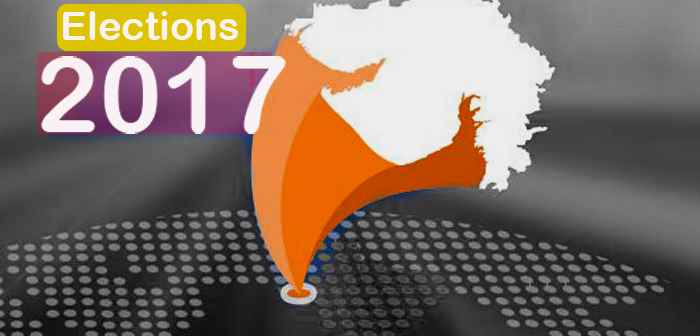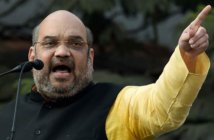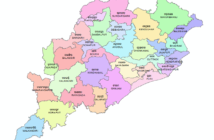(LiveMint)
The Gujarat elections are being held against the backdrop of a sluggish Indian economy. The latest Purchasing Managers’ Composite Index, a snapshot of private sector activity, came in at a low 50.3 for November—a level below 50 indicates contraction from the previous month. While the gross domestic product (GDP) numbers for the September quarter showed a bounce, part of that is statistical, the result of a lower base.
Growth in gross value added, or GVA, in the agriculture sector was a mere 1.7% from a year ago. Private consumption growth was the slowest in the past eight quarters. Growth in the construction sector, a major source of jobs for the masses, was only 2.6%. The goods and services tax (GST) has been a blow to the informal sector. Large sections of traders, faced with the unpleasant prospect of having to pay taxes for the first time, are up in arms. In short, there are plenty of reasons for voters to be dissatisfied.
To be sure, the Uttar Pradesh elections resulted in a big victory for the Bharatiya Janata Party (BJP), in spite of demonetisation. But take a look at the accompanying chart, which shows the results of the consumer confidence survey by the Reserve Bank of India (RBI). The chart tracks the percentage of the people surveyed who feel that economic conditions, income and employment would improve a year ahead. Note that demonetisation resulted in an increase in optimism. For example, the percentage of people who felt that economic conditions would improve was 66.3% in December 2016, during the high noon of demonetisation, compared with 57.7% in September 2016. Even in March 2017, around the time of the UP elections, the percentage of people who thought economic conditions would improve was a majority.





